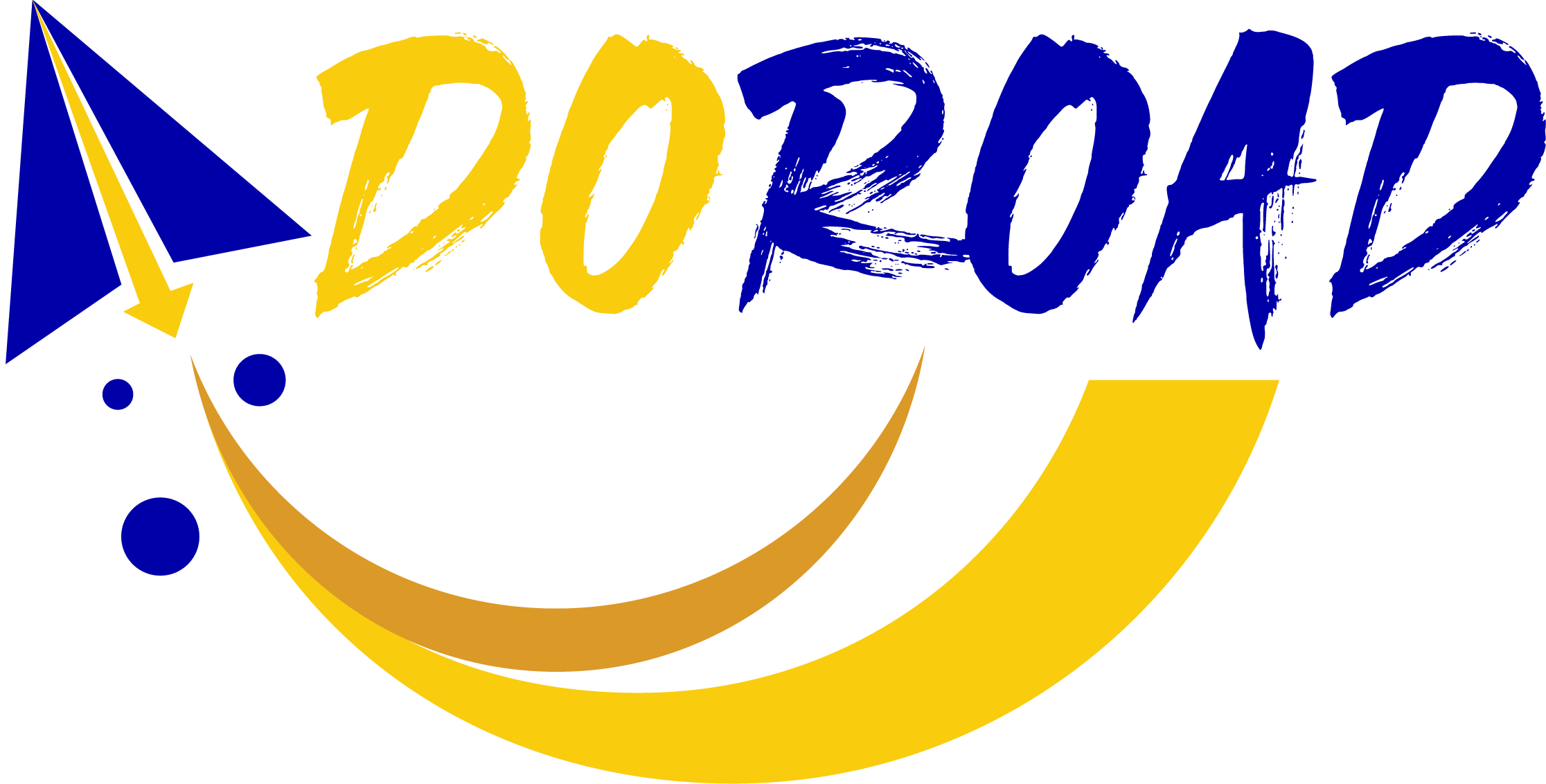The Intelligence Advantage: How Can Market Leaders Navigate Global Trade Chaos in 2025?
The question isn't whether to embrace intelligence-driven trade risk management, but how quickly to start. In an environment where a single tariff change can erase millions in profit, the cost of flying blind far exceeds the investment in proper intelligence infrastructure.

The Intelligence Advantage: How Can Market Leaders Navigate Global Trade Chaos in 2025?
The global trade landscape has become a minefield of uncertainty. Between sudden tariff changes, sanctions that appear overnight, and supply chain disruptions that ripple across continents, even seasoned executives find themselves navigating blind. How can organizations move through this chaos? Embrace intelligence-driven operations.
The Perfect Storm of Trade Complexity
Today's trade environment presents challenges that would have been unimaginable a decade ago. A single shipment might traverse multiple jurisdictions, each with evolving regulations. Tariff structures shift with political winds so that 5% tariff today might become 25% tomorrow. Meanwhile, geopolitical tensions create invisible barriers that traditional planning tools cannot anticipate.
Consider the semiconductor industry. A component manufactured in Taiwan, assembled in Vietnam, and shipped to Mexico for final production isn’t just solely impacted by physical logistics but must also navigate an intricate web of trade agreements, tariff classifications, and regulatory requirements. One misclassification can trigger cascading delays and penalties.
The traditional response which includes armies of analysts poring over spreadsheets and trade publications is no longer financially viable. In the time it takes these teams to begin to process the implications of a new trade policy, competitors with automated intelligence systems have already adjusted their strategies.
Enter the Age of AI in Trade Management
Forward-thinking organizations are turning to global trade intelligence software not as a futuristic concept but as a practical necessity. These systems continuously monitor thousands of data streams: government announcements, regulatory filings, shipping data, currency fluctuations, and even social media sentiment from key political figures.
The real power lies in pattern recognition. AI systems can identify correlations human analysts might miss. Artificial intelligence for tariff monitoring allows organizations to:
- Track real-time changes across hundreds of harmonized system (HS) codes
- Predict likely tariff adjustments based on political and economic indicators
- Automatically calculate optimal routing to minimize duties
- Alert teams to reclassification opportunities that could reduce costs
Beyond Reactive Compliance
The most sophisticated organizations use AI driven trade solutions for strategic advantage, not just compliance. They're asking different questions. Which emerging markets show signs of favourable trade policy shifts? How might proposed environmental regulations affect our cost structure in 18 months? What alternative suppliers could maintain our margins if current trade routes become unviable?
This predictive capability transforms trade management from a cost centre to a strategic differentiator. Companies can negotiate better contracts by understanding tariff trajectories, enter new markets ahead of competitors, and build resilience through diversified supply networks.

The Human-AI Partnership
Despite the power of artificial intelligence, successful trade intelligence still requires human expertise. AI-driven tariff intelligence software excels at processing vast amounts of data and identifying patterns, but human judgment remains crucial for interpreting political nuance and cultural context, building relationships with customs officials and trade partners as well as adapting strategies to company-specific values and goals. The most effective organizations create symbiotic relationships between their trade experts and AI systems with the technology amplifying human capabilities rather than replacing them.
Practical Implementation Pathways
In the ever-changing logistics landscape, it can be difficult to know where to begin when considering optimizing how trade decisions are made within a business. Organizations beginning their intelligence journey should focus on high-impact areas:
- Start with tariff monitoring: Even basic AI-powered tariff tracking can deliver immediate ROI through avoided penalties and optimized classifications.
- Expand to risk assessment: Layer in geopolitical risk monitoring, sanctions screening, and regulatory change tracking.
- Build predictive capabilities: As data accumulates, develop models that anticipate rather than just react to changes.
- Integrate across functions: Connect trade intelligence with procurement, logistics, and financial planning for holistic decision-making.
The Competitive Imperative
The gap between intelligence-enabled organizations and traditional operators widens daily. While one company scrambles to understand new tariff implications, their AI-augmented competitor has already modelled impact across their entire product portfolio and identified mitigation strategies. Tech-enabled companies can quickly communicate changes with affected stakeholders and begin executing alternative plans to minimize loss of revenue.
This speed advantage compounds over time. Organizations that consistently make faster, more informed decisions gradually optimize their entire trade operations, creating cost structures competitors cannot match.
Looking Forward
The trajectory is clear: trade intelligence will become as fundamental as financial accounting or inventory management. Organizations that delay adoption risk being permanently disadvantaged as competitors build insurmountable data and experience advantages.
The question isn't whether to embrace intelligence-driven trade risk management, but how quickly to start. In an environment where a single tariff change can erase millions in profit, the cost of flying blind far exceeds the investment in proper intelligence infrastructure.
Market leaders recognize that navigating global trade chaos requires more than experience and intuition. It demands the systematic application of artificial intelligence to transform overwhelming complexity into strategic clarity. Those who master this transformation won't just survive the chaos; they'll find opportunity within it.
DoROAD is revolutionizing operational decision making. Our flagship solution Atlas DSS is a sovereign decision intelligence platform that helps enterprises navigate complex international operations with ease. Atlas DSS integrates real-time tariff monitoring, regulatory compliance, and predictive analytics into a unified decision support system.


